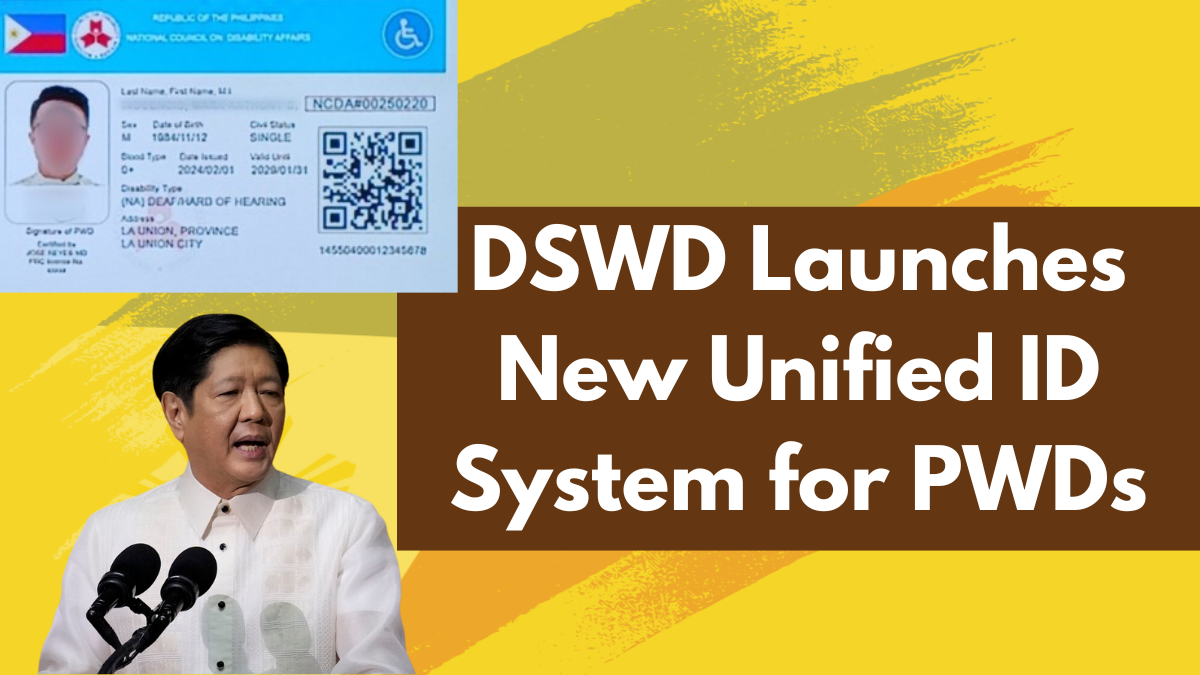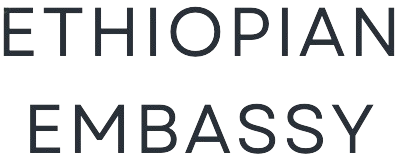The Department of Social Welfare and Development (DSWD), in collaboration with the National Council on Disability Affairs (NCDA), is set to launch a Unified ID System for Persons with Disabilities (PWDs). The pilot phase will run from January to June, with a nationwide rollout scheduled for July. This initiative is designed to enhance credibility, streamline the verification process, and ensure legitimate beneficiaries receive the privileges provided under the Republic Act (RA) 10754.
The system addresses the increasing issue of fraudulent PWD IDs by incorporating stringent security measures. Through a standardized application and verification process, the program will introduce both physical and digital identification options, making access to benefits more efficient and secure.

Objectives of the Unified PWD ID System
The DSWD Unified PWD ID System aims to achieve the following key objectives:
1. Fraud Prevention
- Introduction of biometric security features to prevent counterfeit PWD IDs.
- Centralized data management to eliminate duplicate or fraudulent applications.
2. Improved Accessibility
- Physical RFID-enabled ID cards will be available for individuals who prefer tangible documentation.
- Digital IDs are available through mobile apps and web portals, ensuring accessibility for tech-savvy users.
3. Accurate Data Management
- Integration with the Philippine Registry for Persons with Disabilities to maintain up-to-date records.
- Real-time updates on beneficiary information to prevent discrepancies.
4. Efficient Processes
- Streamlined application and verification procedures to reduce bureaucratic delays.
- Local Government Units and Persons with Disability Affairs Offices will be responsible for managing and processing applications.
Features of the Unified ID System
The DSWD Unified ID System offers two identification formats, both designed to enhance security and ease of use:
| Feature | Physical ID | Digital ID |
|---|---|---|
| Material | PVC card with RFID-enabled chip | Mobile app or web-based ID |
| Security | Holograms, embedded security codes | QR codes, biometric authentication |
| Verification | Manual and electronic scanning | Instant validation via mobile device |
| Accessibility | Can be used in areas with limited internet access | Enables remote verification and updates |
| Fraud Protection | Harder to duplicate due to security features | Real-time authentication using biometrics |
| For More Details Visit Here | ||
Both physical and digital formats work in conjunction to offer a secure and convenient identification system for PWDs.
Implementation Plan
The implementation of the Unified PWD ID System will occur in three phases:
1. Pilot Phase: Jan– June
- Initial testing in select locations to identify challenges.
- Feedback collection from LGUs, PWDs, and PDAOs for improvements.
2. Nationwide Rollout (July Onward)
- Full-scale implementation across all regions in the Philippines.
- Integration with national databases for seamless verification.
3. Monitoring & Evaluation
- Periodic assessments and updates to refine the system.
- Continuous support and training for LGUs and PDAOs to enhance efficiency.
Benefits of the Unified PWD ID System
The introduction of this ID system is expected to significantly improve the lives of PWDs by offering the following advantages:
1. Simplified Access to Benefits
- Eliminates the need for multiple documents when availing of government services.
- One standardized ID will be recognized across various agencies and establishments.
2. Increased Credibility and Legitimacy
- Ensures that only qualified PWDs receive benefits and discounts.
- Reduces incidents of fraudulent claims and misuse.
3. Digital Convenience
- Mobile app-based IDs allow for quick and hassle-free transactions.
- Digital verification prevents the loss or damage of physical IDs.
4. Enhanced Security Against Fraud
- Biometric authentication and QR codes prevent unauthorized use.
- Eliminates manual forgery and duplicate ID issuance.
Challenges and Solutions
Despite its advantages, the implementation of the Unified PWD ID System faces certain challenges, which the DSWD and partner agencies are actively addressing:
| Challenge | Solution |
| Technical Readiness | Training programs for LGUs and PDAOs on system use. |
| Data Privacy Concerns | Implementation of cybersecurity measures to protect personal data. |
| Funding & Infrastructure | Adequate budget allocation and public-private partnerships for system sustainability. |
Stakeholder Roles and Responsibilities
The success of the Unified PWD ID System relies on the cooperation of multiple stakeholders:
- DSWD: Responsible for centralized ID issuance and compliance.
- NCDA: Oversees policy-making and coordination.
- LGUs & PDAOs: Handle application processing and verification.
- PWDs: Provide feedback for continuous improvement of the system.
Future Impact: A Transformative Approach to PWD Welfare
The DSWD Unified PWD ID System is a transformative step toward a more transparent, secure, and inclusive public welfare system. By eliminating fraud and inefficiencies, it ensures that legitimate beneficiaries receive the support they deserve. The initiative not only enhances security but also positions the Philippines as a leader in equitable and technology-driven welfare distribution.
With collaboration, technological advancements, and inclusivity at its core, this initiative is set to create a lasting positive impact on PWDs nationwide.
Frequently Asked Questions (FAQs)
1. Who is eligible for the Unified PWD ID?
All individuals with disabilities, as defined under Republic Act (RA) 10754, can apply for the Unified PWD ID.
2. How can I apply for the Unified PWD ID?
Applications can be submitted through Local Government Units and Persons with Disability Affairs Offices.
3. Will the digital ID replace the physical ID?
No, both physical and digital IDs will be available, allowing PWDs to choose their preferred format.
4. Is there a fee for obtaining the Unified PWD ID?
No, the ID is issued free of charge by the DSWD and relevant agencies.
5. How will the system prevent fraudulent PWD IDs?
The use of biometric data, QR codes, and RFID technology ensures that only legitimate beneficiaries receive an ID.
By prioritizing security, efficiency, and inclusivity, the DSWD Unified PWD ID System is a game-changer for PWD welfare in the Philippines.
For More Information Click Here
